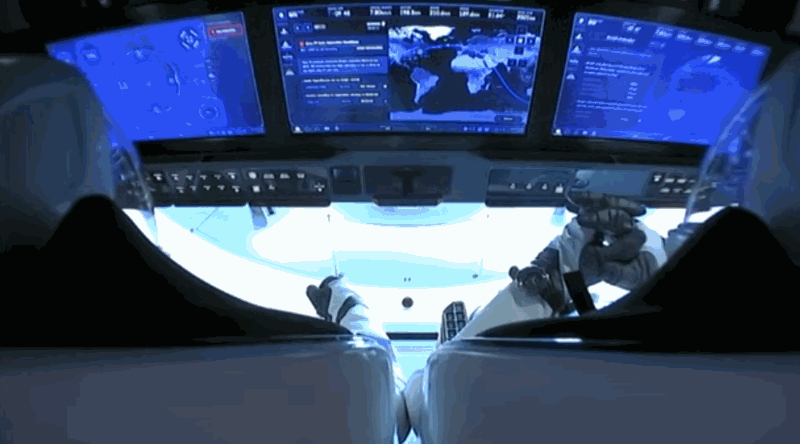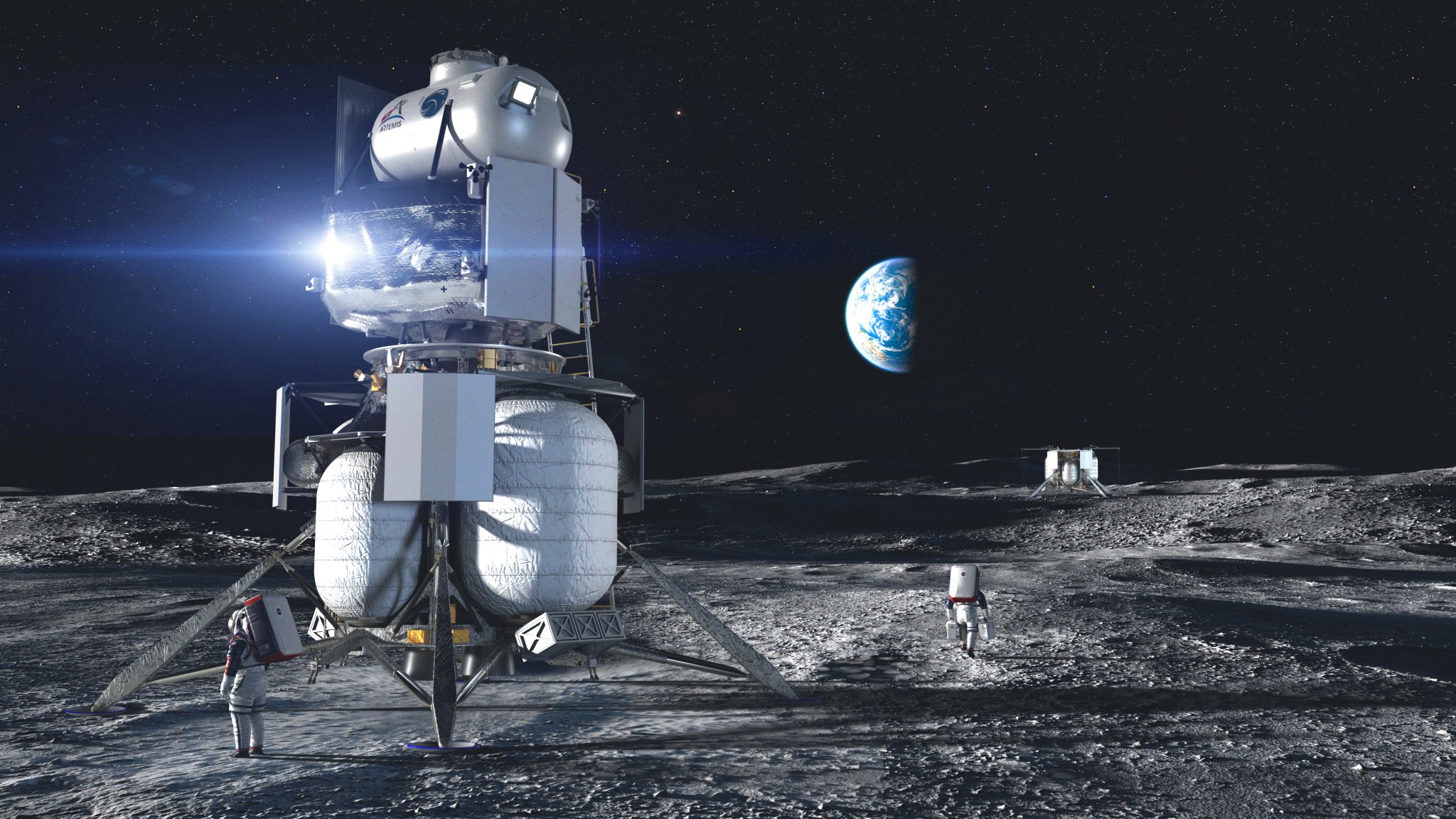NASA recently announced the astronauts who will be taking part in the Artemis missions, and among them is Anne McClain, who has spent 203 days in orbit and conducted two spacewalks on the ISS. With the space industry looking nothing like it did 10 years ago and new spacecraft and technologies on the rise, McClain share her thoughts about how she and other astronauts would be embracing the future.
Lt. Col. McClain’s time aboard the ISS spanned from December 2018 to June of 2019, meaning her ascent and descent were both aboard Russia’s Soyuz capsules, as astronauts have gotten to and from space since the Shuttle days. The Artemis missions, however, will use a variety of new launch vehicles and spacecraft. And while she didn’t get to fly a Dragon capsule, she did get to check one out while it was docked at the station.
“I was so happy to have flown the Soyuz, because it is such a reliable, basic spacecraft — it’s almost like flying a piece of history — knowing I was going to be able to compare that to other vehicles to in the future,” she said. “I had the opportunity when I was on Space Station when DM-1 flew. And so, being able to float into that and look at their screens, their monitors, you notice right away that the technology has advanced to where it looks like the inside of a commercial airliner.”
Astronauts Doug Hurley and Bob Behnken were the first to pilot a Dragon in orbit, and said afterwards that it was “certainly different,” partly due to the reliance on touchscreens as primary interfaces for many spacecraft functions. McClain emphasized the difficulty of getting software to the point where it can be trusted with someone’s life.
“Most of the vehicles that we’re using now are very heavy on software — lots of touchscreens, not so much valves that were physically moving, it’s more like a software relay. But that adds a huge amount of complexity, because as your readers are probably well aware, approving software and the reliability of software is difficult,” she explained.
We want to understand our systems well enough to be able to interact with them in ways that maybe they’re not directly designed to do.
As a pilot herself, McClain naturally has opinions on this, and like Hurley and Behnken, worked with SpaceX early on.
“I was fortunate to work with Bob and Doug, advising SpaceX early on in their cockpit controls, and I think where they got, it’s a really incredible machine,” she said, while noting that the Orion and Starliner craft received similar attentions from experts like her.

Astronauts Bob Behnken and Doug Hurley bump fists to celebrate their history-making launch on SpaceX’s Crew Dragon.
Yes, that company name has not built a spacecraft — but there are people in those halls that have built spacecraft. The talent that built the Space Shuttle and Space Station is spread out all over the commercial industry now.
“I think, pilots, we always want options, right? Whatever happens, we want options. As much as we try to predict scenarios on the ground, we’re always keenly aware that something could happen that wasn’t predicted, and at that point… we want options,” she said. “We want to understand our systems well enough to be able to interact with them in ways that maybe they’re not directly designed to do. So it’s really important for me that the software doesn’t take options off the table. That’s one of the reasons why, at NASA, they look at the Apollo 13 case, when we had to use hardware and software and the vehicle in ways that we’d never predicted.”
When I asked whether it was different or strange to work with newer companies like Blue Origin, McClain pointed out that really, the only new thing there is the name.
 “I’ve worked with these companies enough to know something, and that’s that yes, that company name has not built a spacecraft — but there are people in those halls that have built spacecraft. The talent that built the Space Shuttle and Space Station is spread out all over the commercial industry now, which is exactly what NASA wants to do. That is our human capital,” she explained. “The other thing I’m confident about is the way NASA partners with these companies, for test programs and design reviews, it’s extremely thorough. So by the time that rocket has me on top of it on a pad, I’m confident in in the checks and balances we have in place.”
“I’ve worked with these companies enough to know something, and that’s that yes, that company name has not built a spacecraft — but there are people in those halls that have built spacecraft. The talent that built the Space Shuttle and Space Station is spread out all over the commercial industry now, which is exactly what NASA wants to do. That is our human capital,” she explained. “The other thing I’m confident about is the way NASA partners with these companies, for test programs and design reviews, it’s extremely thorough. So by the time that rocket has me on top of it on a pad, I’m confident in in the checks and balances we have in place.”
That technology, it helps bring Earth up into the spaceship with us.
“What you said is exactly it. Imagine if we were in this pandemic and weren’t able to video chat — we’re already feeling disconnected from our loved ones. And you know, feeling disconnected is the same whether you’re on the other side of the country or you’re in space. So the ability for us to be able to see our parents’ faces on the screen and talk to them, it really does wonders,” she said. “And it’s not just morale. You know, you start looking at six month, twelve month missions, it’s really maintaining the psyche, maintaining human mental health. So that technology, it helps bring Earth up into the spaceship with us.”
McClain is one of 18 astronauts who will take part in the missions leading up to the planned Moon landing. You can meet the rest here.
from TechCrunch https://ift.tt/3514mPO
via Tech Geeky Hub


No comments:
Post a Comment